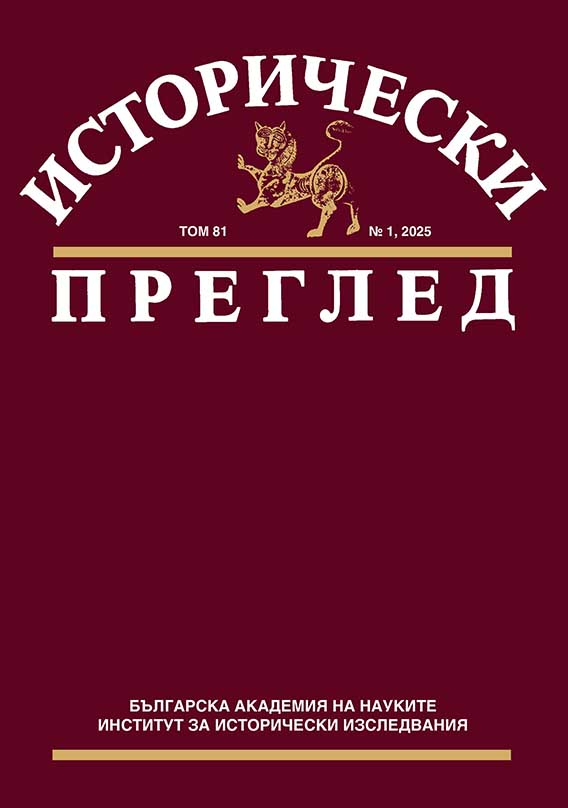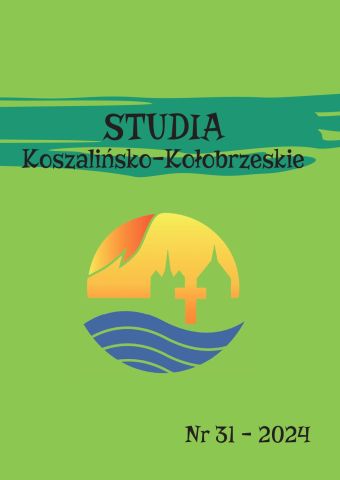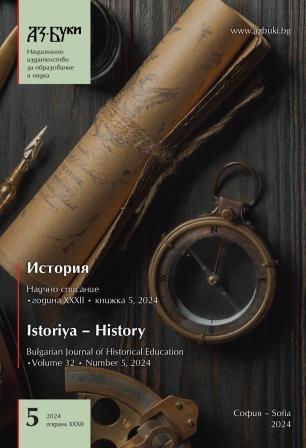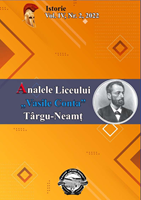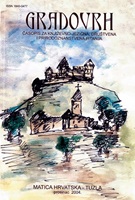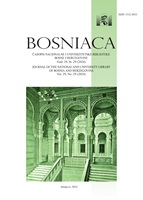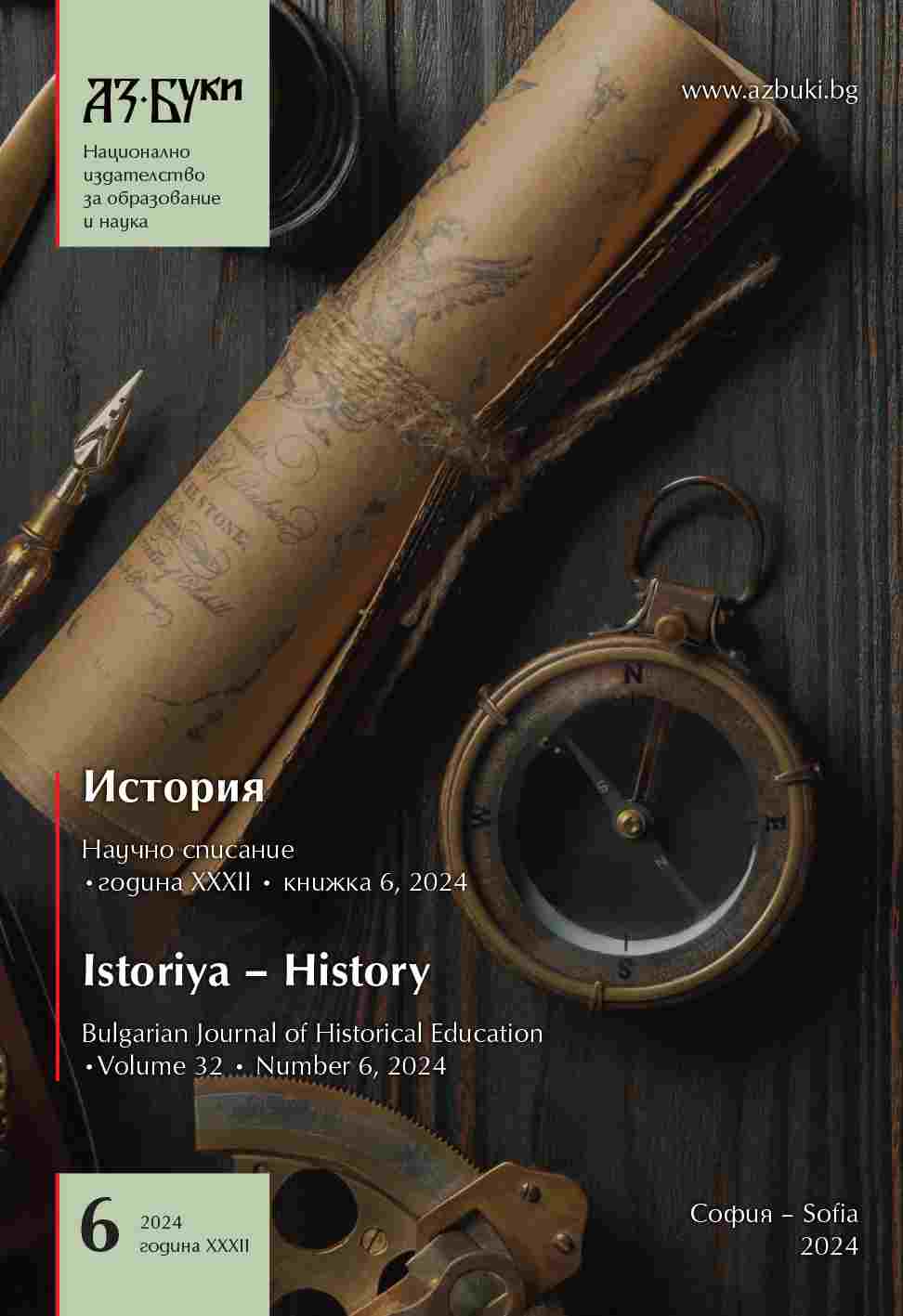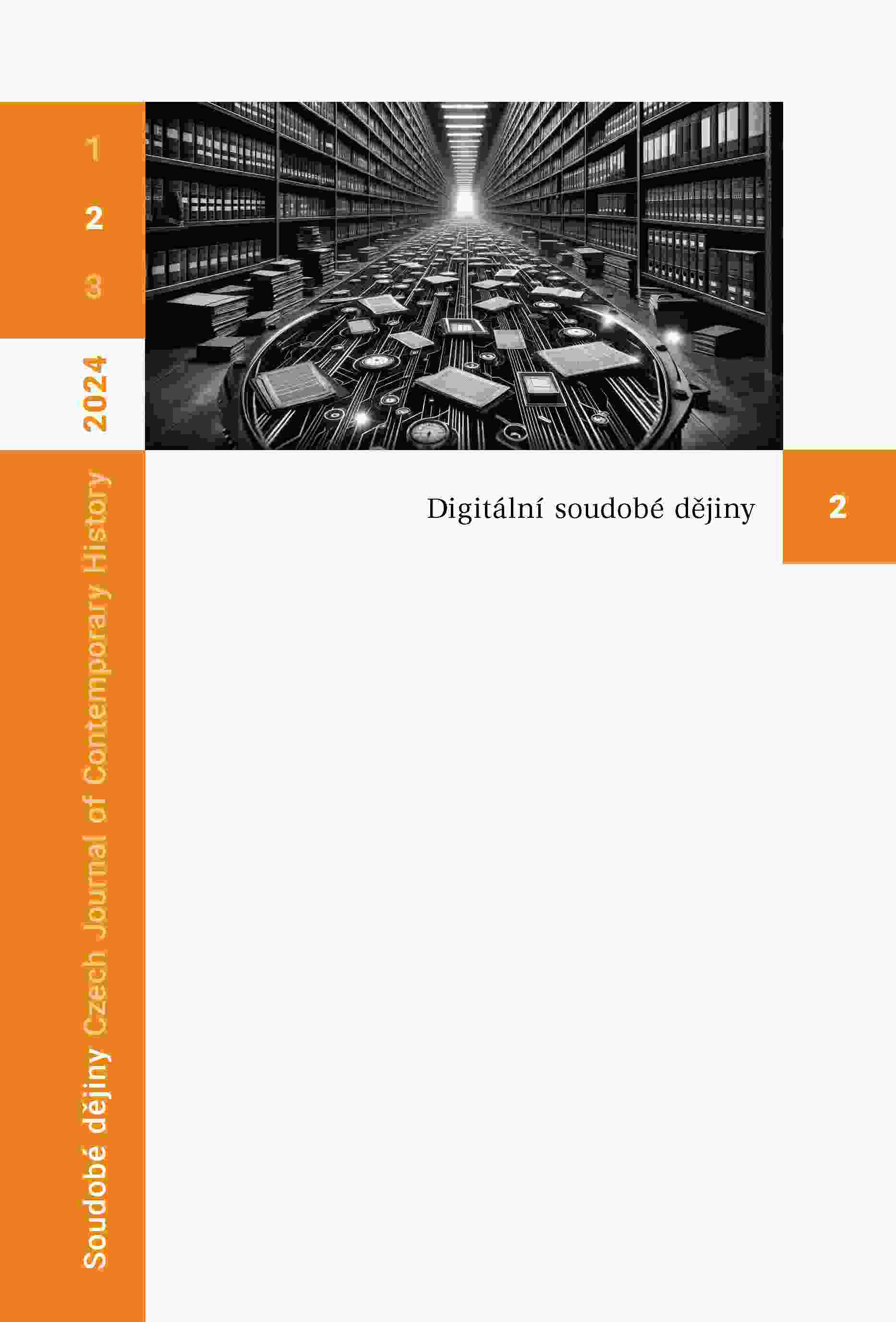
Romové jako "holé životy": Precizní analýza hranic občanství v meziválečném Československu
The expression “scourge of the countryside” was a common epithet employed in the context of the so-called Gypsy question. It evoked the image of the Roma as a sinister group on the fringes of society that allegedly had a perverted value system, fed on crime, and ravaged the peaceful Czech countryside, akin to a natural disaster. In his monograph „Metla českého venkova!“ Kriminalizace Romů od první republiky až po prvotní fázi protektorátu, 1918–1941 [“Scourge of the Czech Countryside!” The Criminalization of the Roma from the First Republic to the Initial Phase of the Protectorate, 1918–1941], Pavel Baloun employs this metaphor as the starting point for his inquiry into the history of the discipline and persecution of the Romain Czechoslovakia during the First and Second Republics and in the Czech lands during the first three years of the German occupation. According to the reviewer, Baloun analyses and contextualizes both repressive social practices and criminological, legislative and political debates regarding state policies towards “Gypsies”. The work significantly deepens and puts on a better methodological footing the understanding of anti-Roma repression in the period under review, particularly through the application of the biopolitical concepts from the Italian philosopher Giorgio Agamben and the American historian Tara Zahra, and through a comprehensive historicization of the concept of “race”. Furthermore, through Zahra’s analysis, the author reassesses and offers a new perspective on the history of the interwar state and associated pivotal concepts such as citizenship, humanity, and liberalism. Baloun’s research encompasses the territory of Slovakia and Subcarpathian Ruthenia, while functionally using the optics of postcolonial studies.
More...
